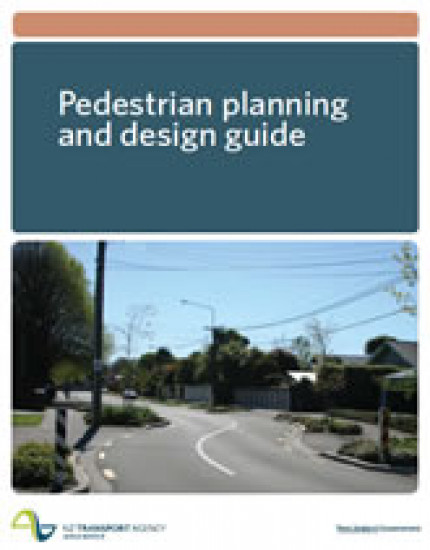The Pedestrian planning and design guide published in 2009, was New Zealand's first comprehensive official guide to planning and design for walking.
|
It has now been superseded by the draft Pedestrian Network Guidance (PNG): |
Some sections of the PNG are still in development and will be released later this year. If you cannot currently find the information you are seeking in the draft PNG then contact the PNG team for assistance (png@nzta.govt.nz).


How do we know if our projects have achieved their goals?
It is important to monitor the effectiveness of walking strategies and projects to gain an understanding of how well they are providing the desired outcomes. This part suggests ways of monitoring completed projects.
For quality facilities to be fully effective, people need to know they are available and encouraged to use them. Ways of promoting their user are briefly discussed.
Measure progress towards walking objectives:
Promote walking and pedestrian facilities:
Updated: 17 Nov 2009